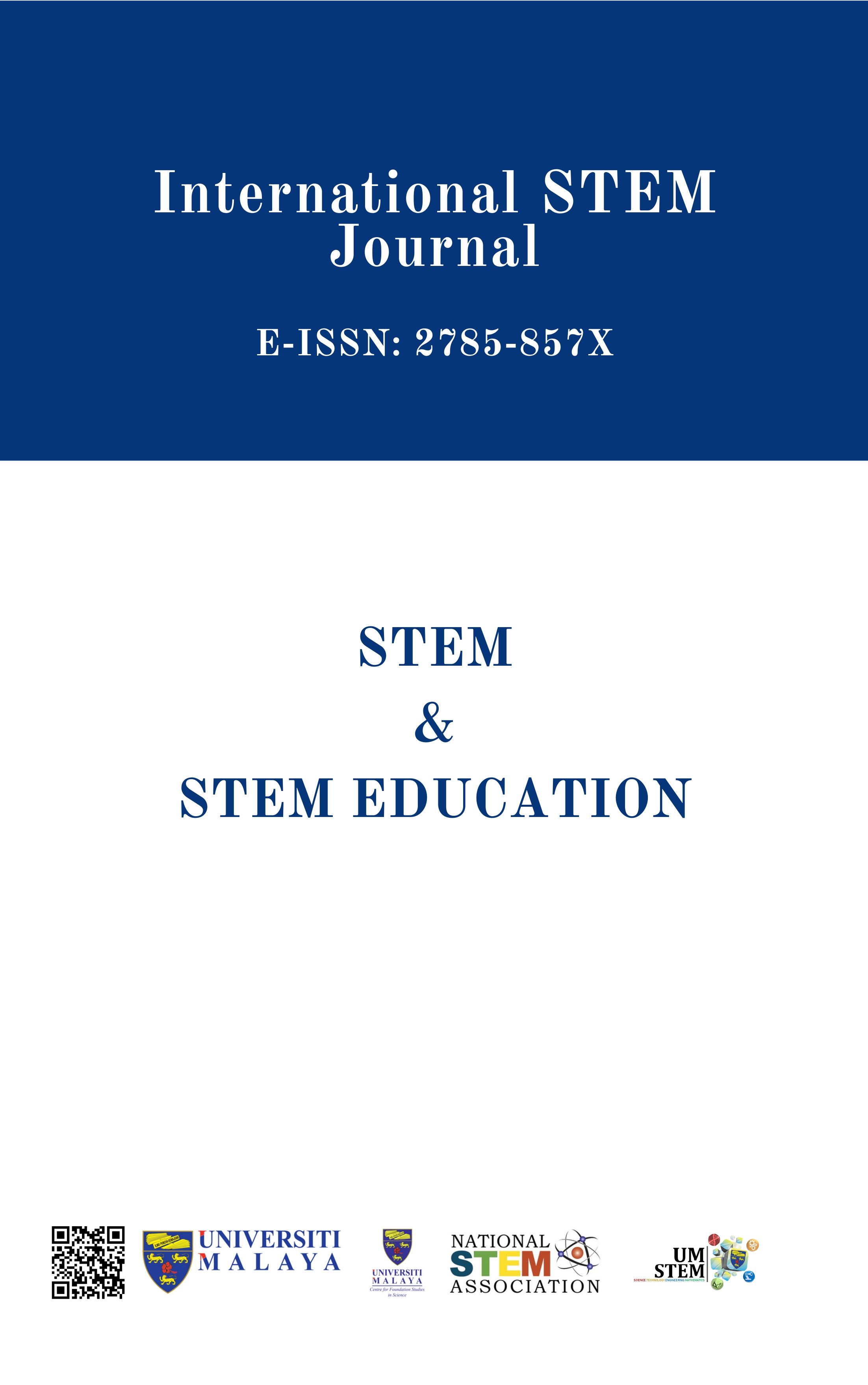STEM-Based Learning in the Utilization of Ketapang Waste as an Alternative Energy Source and Processed Food in Science Subject Class 9 State of Junior High School 3 Blitar
Keywords:
STEM-Based Learning, STEM-Based Learning, Ketapang, Alternative Energy Source, Processed FoodAbstract
STEM Learning is a concrete step toward preparing the next generation of leaders. This is because there are structured and systematic steps in STEM learning that lead students to problem-solving, implementing innovations and strategies, learning to be self-reliant and independent, learning how to live in teamwork that requires collaboration, and providing opportunities for educators to apply methodologies, approaches, models, and learning media that value and trigger student learning. The assumption is that learning is no longer teacher-centered, but rather student-centered so that students are more engaged in the process.February-August for the 2021/2022 school year, the one group design quasi-experimental study method was used at State of Junior High School 3 Blitar. The population in this study was class 9A, which was chosen by purposeful sampling as the experimental class. The average is calculated using the N-Gain test. This demonstrates a shift in learning outcomes. The results of several tests are used to demonstrate the usefulness of learning media advances. The obtained values were t-count = -5.781, t-table = 0.05, and df = 29 is = 2.05. The mean value of the pre-test data and the average post-test data were substantially different because of the t-count (-5.781) t-table (-2.05). This difference indicates that the media used greatly affects student learning outcomes.
Downloads
References
Anas, B. (2012). Pertelaan Jenis Pohon Arboretum. Jakarta: Kementerian Kehutanan Balai Penelitian Teknologi Agroforestry.
Anne, J. (2016). http://aplusala.org/best-practices-center/2016/08/05/why-real-world-stem-ed-matters/ 7 Reasons Why Real-World STEM Education Matters to Alabama Students.
Anne, J. (2014). Six Characteristics of a Great STEM Lesson - Education Week. [online] Available at: https://www.edweek.org/tm/articles/2014/06/17/ctq_jolly_stem.html. Available_at:https://www.chino.k12.ca.us/site/handlers/filedownload.ashx?moduleinstanceid=31637&dataid=62417&FileName=Six%20Characteristics%20of%20a%20Great%20STEM%20Lesson%20-%20Education%20Week%20Teacher.pdf. [accessed on 30 april 2021]
Asmuniv. (2015). Pendekatan Terpadu Pendidikan STEM Upaya Mepersiapkan Sumber Daya Manusia Indonesia Yang Memiliki Pengetahuan Interdisipliner Dalam Menyongsong Kebutuhan idang Karir Pekerjaan Masyarakat Ekonomi ASEAN (MEA), PPPPTK BOE/VEDC Malang (online) Tersedia di http://www.vedcmalang.com/pppptkboemalang/indekx.php/menuutama/listrikelektro/1507-asv9. accessedon 30 april 2021.
Australia_Education_Council(2021)._http://www.scseec.edu.au/site/DefaultSite/filesystem/documents/National%20STEM%20School%20Education%20Strategy.pdf.Retrieved_from_http://www. scseec.edu.au
Kemendikbud. (2013). Pedoman Pendampingan Implementasi Kurikulum 2013 bagi Pengawas Sekolah, Kepala sekolah dan Guru Inti. Pusbangtendik Kemendikbud. (online): http://kur2013.vedcmalang.or.id. accessed on 30 april 2021. accessed on 30 april 2021
Laboy – Rush, D. (2010). Integrated STEM Education through project-based-learning. [online] accessed from https://www.learning.com/stem/ whitepaper/ integrated-STEM- through project-based-learning. accessed on 30 april 2021.
Ritz, J.M. and Fan, S. (2014). STEM and Technology Education: Inernational State of The Art. International Journal of Technologyand Education, 25 (4): 1-23.
Sarah. and Rebecca. (2016). Engaging Of The Future of STEM. Canberra: Chief Executive Woman (CEW) Ltd
Thomson, L.A.J. and Evans, B. (2006). Terminalia catappa. Species Profiles for Pacific Island Agroforestry. www.traditionaltree.org



